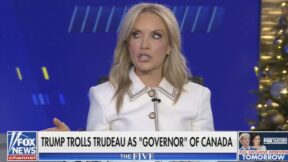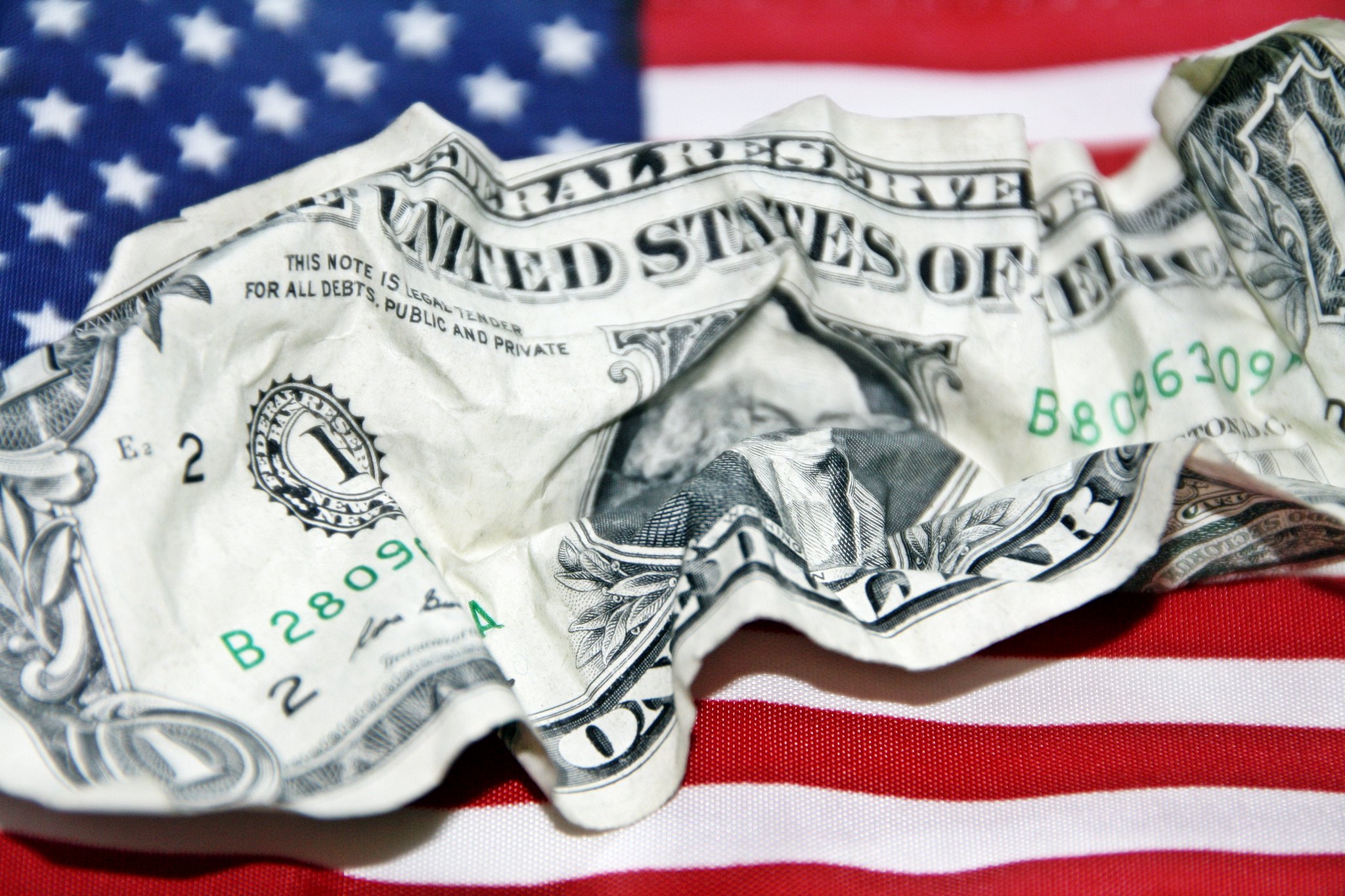Trump Touts Improved Jobs Numbers, But Economists Warn Trouble Ahead in July
Two competing narratives emerged regarding the U.S. economy Friday morning: unemployment numbers dropped, to the delight of President Donald Trump, but the ongoing coronavirus pandemic and the looming expiration of benefits in July caused some economists to take a more pessimistic view.
The May jobs report showed that the unemployment rate had fallen to 13.3 percent, with 2.5 million jobs added. Trump posted a string of triumphant tweets and called a surprise press conference to tout the report.
THESE NUMBERS ARE INCREDIBLE! @MariaBartiromo
— Donald J. Trump (@realDonaldTrump) June 5, 2020
It’s a stupendous number. It’s joyous, let’s call it like it is. The Market was right. It’s stunning! @jimcramer @CNBC
— Donald J. Trump (@realDonaldTrump) June 5, 2020
This is a notable improvement over the April unemployment rate, which was a devastating 14.7%, the worst rate since the country started tracking monthly jobless numbers in 1948. The gradual reopening of the economy helped stave off the 20% rate that many economists had predicted.
The economy is still in a hole, however. 20.7 million jobs were eliminated in April alone, and the 2.5 million added back in May certainly helps but doesn’t dig us out entirely.
May only reversed 10% of the employment decline since February.
Which is, to be clear, absolutely wonderful new, but there are still 20 million fewer jobs than pre-pandemic. https://t.co/iDxW6dUxvb https://t.co/v2tyS3EO3d
— Ernie Tedeschi (@ernietedeschi) June 5, 2020
The May jobless rate of 13.3% is still higher than at any time during the Great Recession, and even that 13.3% figure was being disputed. As several observers have pointed out, a classification decision by the Board of Labor Statistics to not count those who were absent from work due to a temporary layoff meant that the rate was 3 points lower than it otherwise would have been.
Other sobering context on today’s good news: more than 20 million people who were employed in February aren’t employed today; 13.3% unemployment exceeds any rate from the great recession; a data classification issue is lowering the rate by 3 points. https://t.co/e46V1cFbmG https://t.co/hodx9ijPjB
— Daniel Dale (@ddale8) June 5, 2020
Two key takeaways from the surprise jobs report:
1. PPP worked. The gov’t aid did help. Congress will have to think carefully about letting so much aid expire in July/August
2. Unemployment rate would be 16.3%, not 13.3%, @BLS_gov says if some were people weren’t misclassified pic.twitter.com/U3hEvYkUGO
— Heather Long (@byHeatherLong) June 5, 2020
According to CNN, the jobs gains were not enjoyed across the board. May unemployment for whites was 12.4%, Hispanics 17.6%, African-Americans 16.8%, and Asians 15%.
And of course, these numbers do not take into consideration the number of Americans who were rehired at their old jobs, but at reduced pay or reduced hours, or those who were able to find new employment but at a lower pay. The vast majority of the job gains were in fact with those who had been temporarily laid off and were able to return to their old jobs. Permanent job losses actually rose to 2.3 million, increasing by 295,000 in May.
Seems like all the action was in temporary layoffs going back to work: “unemployed persons who were on temporary layoff decreased by 2.7 million in May to 15.3 million…the number of permanent job losers continued to rise, increasing by 295,000 in May to 2.3 million.”
— Matthew Zeitlin (@MattZeitlin) June 5, 2020
There was a reopening bounceback in retail, construction and dentists’ offices (seriously, 245,000 jobs), along with a continuing rise in layoffs in government – state and local falling 487,000
— Matthew Zeitlin (@MattZeitlin) June 5, 2020
This is a good jobs report – it shows that some of the economic damage incurred in April and May could indeed be cured by changes in policy and behavior, but overall joblessness is still very high
— Matthew Zeitlin (@MattZeitlin) June 5, 2020
One of the main ongoing concerns is what will happen later this summer. The Wall Street Journal’s Daily Shot blog characterized this issue as a “Looming Household Income Cliff,” noting the increased unemployment benefits (an extra $600 per month) were set to expire in July and funds from the stimulus checks (the $1,200 per person, $500 per child payments that were sent out) will be running out soon.
July could get ugly https://t.co/3Ah49HnLky pic.twitter.com/p1Ay6lLpoo
— David Beckworth (@DavidBeckworth) June 5, 2020
Paul Krugman was among many who opined that the positive numbers would discourage the White House from supporting any additional economic aid packages.
Whatever happened, these numbers should make you more, not less, pessimistic about the economic outlook. Why? Because they will reinforce the White House inclination to do nothing and let emergency aid expire 4/ https://t.co/yoo3F6TAo0
— Paul Krugman (@paulkrugman) June 5, 2020
This concern gains validity from a comment Friday by White House economic adviser Stephen Moore, who said that the improved jobs numbers meant that “the sense of urgent crisis is very greatly dissipated” and there was “no reason to have a major spending bill” now.
Stephen Moore, economic adviser to the White House, on the jobs numbers:
“It takes a lot of the wind out of the sails of any phase 4 — we don’t need it now. There’s no reason to have a major spending bill. The sense of urgent crisis is very greatly dissipated by the report.”
— Jeffrey Stein (@JStein_WaPo) June 5, 2020
——





